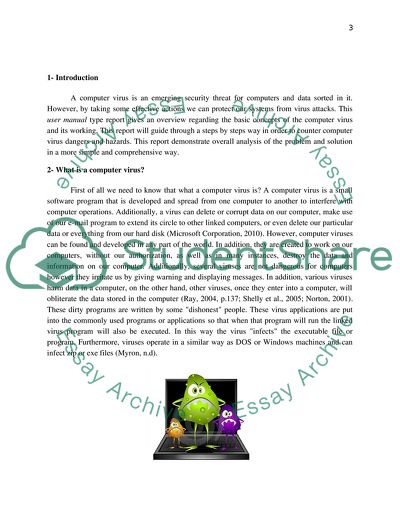Cite this document
(Basic Concepts of the Computer Virus Report Example | Topics and Well Written Essays - 1500 words, n.d.)
Basic Concepts of the Computer Virus Report Example | Topics and Well Written Essays - 1500 words. https://studentshare.org/information-technology/1735252-introduction-to-computing
Basic Concepts of the Computer Virus Report Example | Topics and Well Written Essays - 1500 words. https://studentshare.org/information-technology/1735252-introduction-to-computing
(Basic Concepts of the Computer Virus Report Example | Topics and Well Written Essays - 1500 Words)
Basic Concepts of the Computer Virus Report Example | Topics and Well Written Essays - 1500 Words. https://studentshare.org/information-technology/1735252-introduction-to-computing.
Basic Concepts of the Computer Virus Report Example | Topics and Well Written Essays - 1500 Words. https://studentshare.org/information-technology/1735252-introduction-to-computing.
“Basic Concepts of the Computer Virus Report Example | Topics and Well Written Essays - 1500 Words”. https://studentshare.org/information-technology/1735252-introduction-to-computing.


